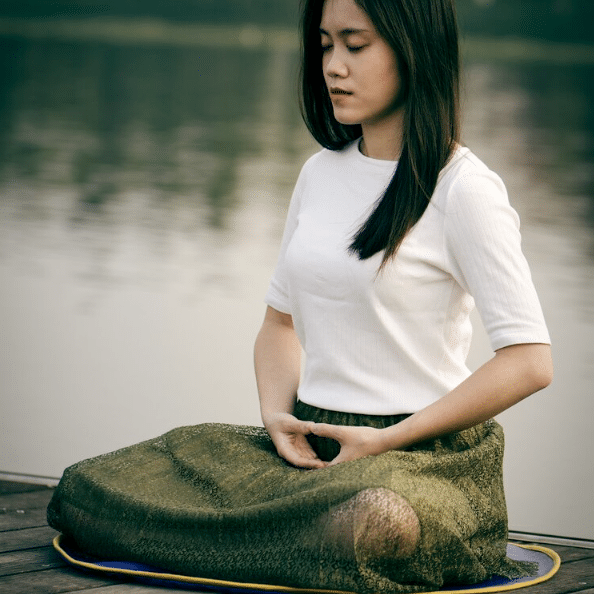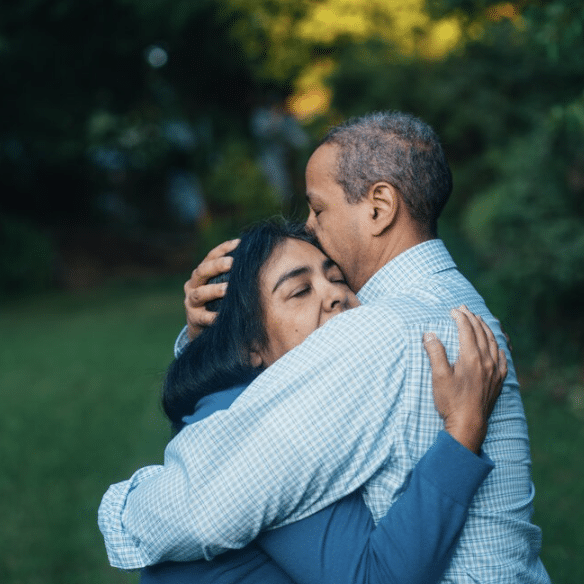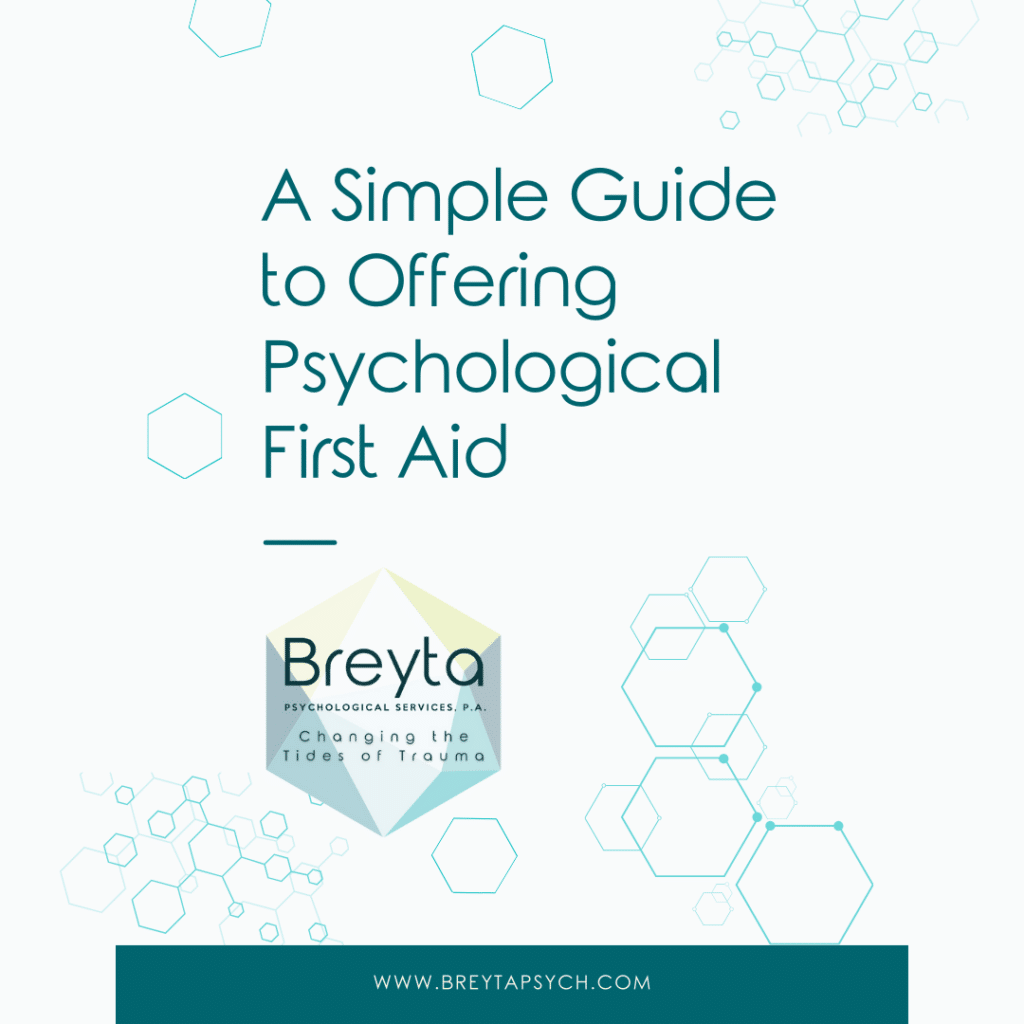Coping Skill of the Month: Breathing Techniques

January’s mental health coping skill is brought to you by Dr. Sarini Ettigi, Ph.D.
Dr. Ettigi loves to help her clients feel empowered and prepared to face life’s challenges by providing them with easy and effective coping skills.
How to Relax Body and Mind with Breathing

Even though we’re staying home right now, chances are you’re busier and more stressed out than ever before. Whether it’s trying to stay on top of work requirements, parenting challenges, managing pandemic anxiety, or any other issue, there’s a lot on your plate. Our minds and bodies hold onto stress and we need to be intentional about finding ways to relax them. Relaxation can decrease stress and anxiety, but also improve energy, awareness, and focus.
One tried-and-true method of relaxation centers around your breath. Learning to breathe slowly, and deeply is incredible impactful. It’s one of the skills most often taken for granted, despite how powerful the practice can be.
There are many forms of breath work and ways of becoming more mindful of your breath. For this month’s coping skill, we are featuring a technique called “Alternate Nostril Breathing,” or “Nadi Shodhana Pranayama” in Sanskrit.
Alternate Nostril Breathing (Nadi Shodhana Pranayama)
This is a breath control practice that may or may not be done as part of a yoga or meditation practice.
This type of breathing helps relax your body and mind, reduce anxiety, increase awareness and focus. To practice alternate nostril breathing: make sure you are in a comfortable position either sitting in a chair or cross legged on the floor.
- Place your left hand on your left knee.
- Lift your right hand up toward your nose.
- Exhale completely and use your right thumb to close your right nostril.
- Inhale through your left nostril and then close the left nostril with your fingers.
- Open your right nostril and exhale through this side.
- Inhale through the right nostril and then close this nostril.
- Open your left nostril and exhale through the left side.
That completes one cycle. You can continue for up to 5 minutes. Always complete the practice by finishing with an exhale on the left side.

Focusing on your breath will help you keep track of where you are in the cycle. Breathe easily throughout the practice. If you feel any adverse effects, such as shortness of breath, lightheadedness, dizziness, or nausea, stop the practice immediately.
This advanced breathing technique has been shown to significantly lower factors such as heart rate, respiratory rate, and blood pressure.





